16. November 2022 No Comment
Upgrade to Microsoft Edge to take advantage of the latest features, security updates, and technical support. This code uploads each image with its corresponding tag. You'll use a command like the following to create an image classification project. A free subscription allows for two Custom Vision projects. Run the application with the gradle run command: If you want to clean up and remove a Cognitive Services subscription, you can delete the resource or resource group.
You can find the prediction resource ID on the resource's Properties tab in the Azure portal, listed as Resource ID.
You can find your key and endpoint in the resource's key and endpoint page. In this guide, you'll use a local image, so download an image you'd like to submit to your trained model.
import io from azure.storage.blob import BlockBlobService from azure.cognitiveservices.vision.customvision.prediction import CustomVisionPredictionClient block_blob_service = BlockBlobService ( account_name=account_name, account_key=account_key ) fp = io.BytesIO () You can build the application with: The build output should contain no warnings or errors. This code publishes the trained iteration to the prediction endpoint. You'll create a project, add tags, train the project, and use the project's prediction endpoint URL to programmatically test it.
On the Custom Vision website, navigate to Projects and select the trash can under My New Project. An iteration is not available in the prediction endpoint until it is published. Create ApiKeyServiceClientCredentials objects with your keys, and use them with your endpoint to create a CustomVisionTrainingClient and CustomVisionPredictionClient object.
Using Visual Studio, create a new .NET Core application. You can build the application with: The build output should contain no warnings or errors. If the Custom Vision resources you created in the Prerequisites section deployed successfully, click the Go to Resource button under Next Steps. Azure Cognitive Services Custom Vision API helps to analyze images uploaded to SharePoint. Azure Cognitive Services Custom Vision Service Limits and quotas Article 07/05/2022 2 minutes to read 12 contributors Feedback There are two tiers of keys for the Custom Vision service.
To submit images to the Prediction API, you'll first need to publish your iteration for prediction, which can be done by selecting Publish and specifying a name for the published iteration.
Run your Oracle database and enterprise applications on Azure and Oracle Cloud. The Predictions property contains a list of PredictionModel objects, which each represents a single object prediction. This method makes the current iteration of the model available for querying. After installing Python, run the following command in PowerShell or a console window: Create a new Python file and import the following libraries. You'll learn the different ways you can configure the behavior of this API to meet your needs. You also can go to https://www.customvision.ai/. In this guide, you'll use a local image, so download an image you'd like to submit to your trained model. Reference documentation (training) (prediction) | Library source code (training) (prediction) | Package (npm) (training) (prediction) | Samples. Build open, interoperable IoT solutions that secure and modernize industrial systems.
Start a new function to contain all of your Custom Vision function calls. WebImage Classification Prediction API - Azure Custom Vision Part 3. Use this example as a template for building your own image recognition app. See the CreateProject method to specify other options when you create your project (explained in the Build a classifier web portal guide). Ensure compliance using built-in cloud governance capabilities. Now you've seen how every step of the image classification process can be done in code.
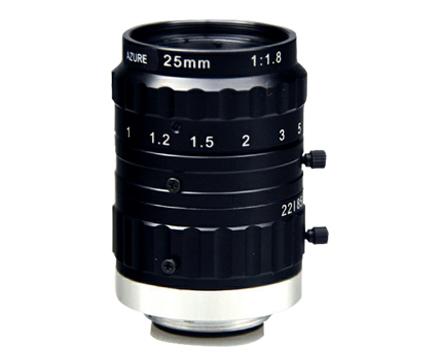 It queries the service until training is completed. The following classes and interfaces handle some of the major features of the Custom Vision Java client library.
It queries the service until training is completed. The following classes and interfaces handle some of the major features of the Custom Vision Java client library.
Construct a TrainingParameters and set its SelectedTags property to a list of IDs of the tags you want to use. You may need to edit the GetFiles argument to point to the location where your images are saved. You can optionally configure how the service does the scoring operation by choosing alternate methods (see the methods of the CustomVisionPredictionClient class). Use the site to access a graphical interface for labeling data and training models. If you don't have a click-and-drag utility to mark the coordinates of regions, you can use the web UI at Customvision.ai. Run Custom Vision in the cloud or on the edge in containers. To write an image analysis app with Custom Vision for Python, you'll need the Custom Vision client library. Add the following code to your script to create a new Custom Vision service project. In the TrainProject call, use the trainingParameters parameter.
Insert your keys in the appropriate definitions. Run the application by clicking the Debug button at the top of the IDE window. These code snippets show you how to do the following tasks with the Custom Vision client library for JavaScript: Instantiate client objects with your endpoint and key.
Form Recognizer is optimized for document processing, Video Indexer for extracting advanced metadata from audio and video files, Face for facial recognition and detection, and Content Moderator for detecting unwanted text or images. Save the "id" value of each tag to a temporary location. The created project will show up on the Custom Vision website that you visited earlier. 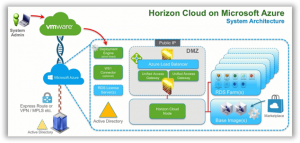 Create a new file called sample.go in your preferred project directory, and open it in your preferred code editor. Once you've created a new project, install the client library by right-clicking on the project solution in the Solution Explorer and selecting Manage NuGet Packages.
Create a new file called sample.go in your preferred project directory, and open it in your preferred code editor. Once you've created a new project, install the client library by right-clicking on the project solution in the Solution Explorer and selecting Manage NuGet Packages.
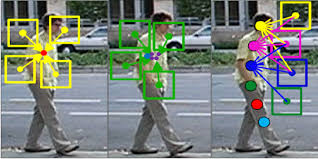 You can use the model name as a reference to send prediction requests. Library source code (training) (prediction)| Then copy in the following build configuration. With Custom Vision, you pay as you go based on number of transactions, training hours, and image storage. from azure.cognitiveservices.vision.customvision.prediction import CustomVisionPredictionClient The next thing you need is the prediction key.
You can use the model name as a reference to send prediction requests. Library source code (training) (prediction)| Then copy in the following build configuration. With Custom Vision, you pay as you go based on number of transactions, training hours, and image storage. from azure.cognitiveservices.vision.customvision.prediction import CustomVisionPredictionClient The next thing you need is the prediction key.
Then, close your Custom Vision function and call it. From the Custom Vision web page, select your project and then select the Performance tab. Then, use this map of associations to upload each sample image with its region coordinates (you can upload up to 64 images in a single batch). WebHere is how you can do it async function imagePredict (e) {let i= {endpoint:"https://whatever.cognitiveservices.azure.com",projectId:"your-project-id",publishedName:"your-published-name",predictionKey:"your-prediction-key"},t=`$ {i.endpoint}/customvision/v3.0/Prediction/$ {i.projectId}/classify/iterations/$ Enhanced security and hybrid capabilities for your mission-critical Linux workloads.
You can use this az command
Bring together people, processes, and products to continuously deliver value to customers and coworkers. On the Setting pages, you can get all the keys, resource ID, and endpoints.
This sample executes a single training iteration, but often you'll need to train and test your model multiple times in order to make it more accurate. The following code makes the current iteration of the model available for querying. Within the application directory, install the Custom Vision client library for .NET with the following command: Want to view the whole quickstart code file at once? This method loads the test image, queries the model endpoint, and outputs prediction data to the console. The Predictions property contains a list of PredictionModel objects, which each represents a single object prediction.
You'll create a project, add tags, train the project, and use the project's prediction endpoint URL to programmatically test it. WebCustom Vision Service makes it easy to build and refine customized image classifiers to recognize specific content in imagery. This command creates a simple "Hello World" C# project with a single source file: program.cs. They include the name of the label and the bounding box coordinates where the object was detected in the image. If you want to build and train a classification model without writing code, see the browser-based guidance instead.
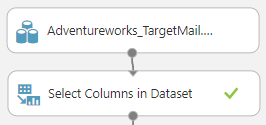 To submit images to the Prediction API, you'll first need to publish your iteration for prediction, which can be done by selecting Publish and specifying a name for the published iteration. Embed security in your developer workflow and foster collaboration between developers, security practitioners, and IT operators. When prompted to choose a DSL, select Kotlin. Use this example as a template for building your own image recognition app. What other Azure services offer computer vision capabilities? Learn 5 key ways your organization can get started with AI to realize value quickly. The following code prompts the user to specify a local path and gets the bytestream of the file at that path.
To submit images to the Prediction API, you'll first need to publish your iteration for prediction, which can be done by selecting Publish and specifying a name for the published iteration. Embed security in your developer workflow and foster collaboration between developers, security practitioners, and IT operators. When prompted to choose a DSL, select Kotlin. Use this example as a template for building your own image recognition app. What other Azure services offer computer vision capabilities? Learn 5 key ways your organization can get started with AI to realize value quickly. The following code prompts the user to specify a local path and gets the bytestream of the file at that path.
Share Improve this answer Follow answered Aug 3, 2022 at 3:27 Do you offer any services to help gather data for my Computer Vision projects? Use this example as a template for building your own image recognition app. The model will train to only recognize the tags on that list. Use Image Analysis 4.0 to create custom image identifier models using the latest technology from Azure.
Use this example as a template for building your own image recognition app. Then either ping the API to quickly tag images with your new computer vision model or export the model to a device to run real-time image recognition. You can use this az command If you wish to implement your own object detection project (or try an image classification project instead), you may want to delete the fork/scissors detection project from this example. You can upload and tag images iteratively, or in a batch (up to 64 per batch). Upgrade to Microsoft Edge to take advantage of the latest features, security updates, and technical support.
Run the application by clicking the Debug button at the top of the IDE window. You'll also declare some basic objects to be used later. It includes properties for the object ID and name, and a confidence score. This command will create essential build files for Gradle, including build.gradle.kts, which is used at runtime to create and configure your application. Easily customize your own state-of-the-art computer vision models for your unique use case. Next, learn how to complete end-to-end scenarios with C#, or get started using a different language SDK. In a console window (such as cmd, PowerShell, or Bash), create a new directory for your app, and navigate to it. Custom Vision is most easily used through a client library SDK or through the browser-based guidance. Now you've done every step of the object detection process in code. Its actually both. Share Improve this answer Follow answered Aug 3, 2022 at 3:27 Also, get your Endpoint URL from the Settings page of the Custom Vision website. This will make your model accessible to the Prediction API of your Custom Vision Azure resource. From the Azure Portal, copy the key and endpoint required to make the call. In the package manager that opens select Browse, check Include prerelease, and search for Microsoft.Azure.CognitiveServices.Vision.CustomVision.Training and Microsoft.Azure.CognitiveServices.Vision.CustomVision.Prediction. Again, insert your own key and endpoint URL. This next method creates an object detection project. These code snippets show you how to do the following tasks with the Custom Vision client library for .NET: In a new method, instantiate training and prediction clients using your endpoint and keys. Seamlessly integrate applications, systems, and data for your enterprise. 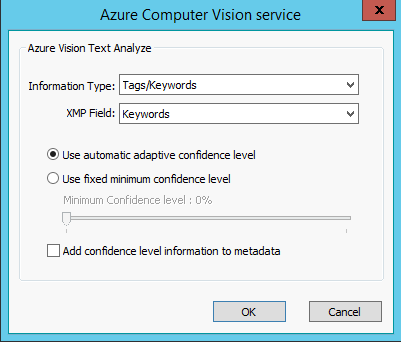 Azure Custom Vision is an Azure Cognitive Services service that lets you build and deploy your own image classification and object detection models. If you want to build and train an object detection model without writing code, see the browser-based guidance instead.
Azure Custom Vision is an Azure Cognitive Services service that lets you build and deploy your own image classification and object detection models. If you want to build and train an object detection model without writing code, see the browser-based guidance instead.
For instructions on how to set up this feature, follow one of the quickstarts.
Build apps faster by not having to manage infrastructure. You can leverage Project Trove to gather images for your projects. Run the application from your application directory with the dotnet run command. You can use a non-async version of the method above for simplicity, but it may cause the program to lock up for a noticeable amount of time.
Start training your computer vision model by simply uploading and labeling a few images. Then define a helper method to upload the images in this directory. Experience quantum impact today with the world's first full-stack, quantum computing cloud ecosystem. Pay only if you use more than your free monthly amounts. Get fully managed, single tenancy supercomputers with high-performance storage and no data movement. 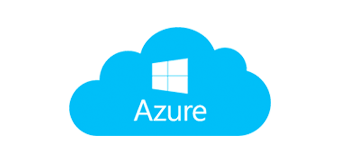
Deleting the resource group also deletes any other resources associated with it. Use prediction endpoint to programmatically test images with classifier - Custom Vision. The Azure Computer Vision Image Analysis API now supports custom models. The created project will show up on the Custom Vision website that you visited earlier. You can also go back to the Custom Vision website and see the current state of your newly created project. 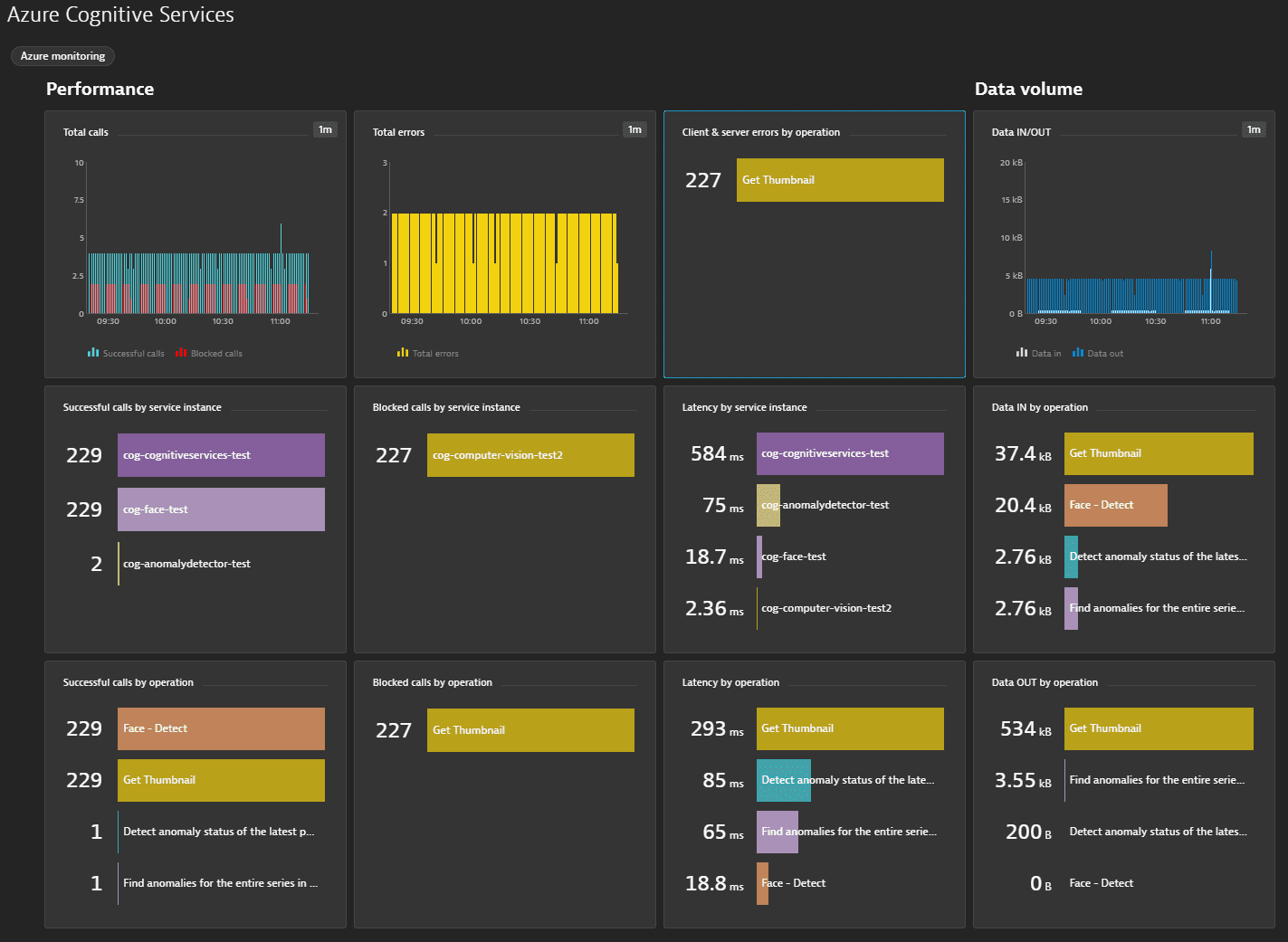 Do I need to use my own data for training my custom model? This code publishes the trained iteration to the prediction endpoint. Follow these steps to install the package and try out the example code for basic tasks. You'll create a project, add tags, train the project, and use the project's prediction endpoint URL to programmatically test it.
Do I need to use my own data for training my custom model? This code publishes the trained iteration to the prediction endpoint. Follow these steps to install the package and try out the example code for basic tasks. You'll create a project, add tags, train the project, and use the project's prediction endpoint URL to programmatically test it.
This will make your model accessible to the Prediction API of your Custom Vision Azure resource. As because custom vision prediction class library is protected is the reason for receiving error protected CustomVisionPredictionClient (params System.Net.Http.DelegatingHandler [] handlers); Refer this Microsoft Document for complete information. You can also go back to the Custom Vision website and see the current state of your newly created project. Build intelligent edge solutions with world-class developer tools, long-term support, and enterprise-grade security. This interface defines a single prediction on a single image. You'll create a project, add tags, train the project, and use the project's prediction endpoint URL to programmatically test it. See the. This guide assumes that you already constructed a CustomVisionPredictionClient object, named predictionClient, with your Custom Vision prediction key and endpoint URL. You can then verify that the test image (found in
In a console window (such as cmd, PowerShell, or Bash), use the dotnet new command to create a new console app with the name custom-vision-quickstart.
These code snippets show you how to do the following tasks with the Custom Vision client library for Java: In your main method, instantiate training and prediction clients using your endpoint and keys. Add the following code to create a new Custom Vision service project.
Uncover latent insights from across all of your business data with AI. After installing Python, run the following command in PowerShell or a console window: Create a new Python file and import the following libraries. If you wish to implement your own image classification project (or try an object detection project instead), you may want to delete the tree identification project from this example. Open it in your preferred editor or IDE and add the following import statements: In the application's CustomVisionQuickstart class, create variables for your resource's keys and endpoint. Add the optional JSON content to the body of your request. The -WithNoStore methods require that the service does not retain the prediction image after prediction is complete. The name given to the published iteration can be used to send prediction requests. Samples. The returned JSON response will list each of the tags that the model applied to your image, along with probability scores for each tag. Locate build.gradle.kts and open it with your preferred IDE or text editor. We employ more than 3,500 security experts who are dedicated to data security and privacy. Then, close your Custom Vision function and call it. It imports the Custom Vision libraries. You can also go back to the Custom Vision website and see the current state of your newly created project.
You'll create a project, add tags, train the project, and use the project's prediction endpoint URL to programmatically test it.
I used the Custom Vision portal to make a prediction and got the following result - let's focus on this highlighted result with a 87,5% score: Using the API (available here ), I also made the Predict operation and got (among other details) this prediction:
Once you have your Azure subscription, create a Custom Vision resource in the Azure portal to create a training and prediction resource and get your keys and endpoint. Use business insights and intelligence from Azure to build software as a service (SaaS) apps. Once you've created a new project, install the client library by right-clicking on the project solution in the Solution Explorer and selecting Manage NuGet Packages. Meet environmental sustainability goals and accelerate conservation projects with IoT technologies. Within the application directory, install the Custom Vision client library for .NET with the following command: Want to view the whole quickstart code file at once? To create classification tags to your project, add the following code to your function: To add the sample images to the project, insert the following code after the tag creation.
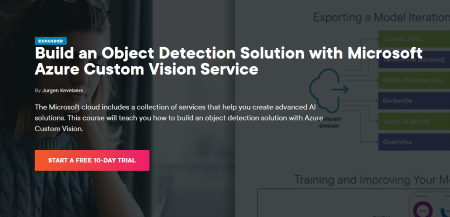 Wait for it to deploy and click the Go to resource button. Add the following code to create a new Custom Vision service project. Save the contents of the sample Images folder to your local device. You can sign up for a F0 (free) or S0 (standard) subscription through the Azure portal. Using state-of-the-art machine learning, you can train your classifier to recognize what matters to youlike categorizing images of your products or filtering content for your website. This class handles the creation, training, and publishing of your models. See the create_project method to specify other options when you create your project (explained in the Build a classifier web portal guide). using System; using Microsoft.Azure.CognitiveServices.Vision.CustomVision.Training; namespace so65714960 { class Program { private static CustomVisionTrainingClient _trainingClient; static void Main (string [] args) { Console.WriteLine ("Hello World! Wait for it to deploy and click the Go to resource button. From the Custom Vision web page, select your project and then select the Performance tab. Go to the Azure portal.
Wait for it to deploy and click the Go to resource button. Add the following code to create a new Custom Vision service project. Save the contents of the sample Images folder to your local device. You can sign up for a F0 (free) or S0 (standard) subscription through the Azure portal. Using state-of-the-art machine learning, you can train your classifier to recognize what matters to youlike categorizing images of your products or filtering content for your website. This class handles the creation, training, and publishing of your models. See the create_project method to specify other options when you create your project (explained in the Build a classifier web portal guide). using System; using Microsoft.Azure.CognitiveServices.Vision.CustomVision.Training; namespace so65714960 { class Program { private static CustomVisionTrainingClient _trainingClient; static void Main (string [] args) { Console.WriteLine ("Hello World! Wait for it to deploy and click the Go to resource button. From the Custom Vision web page, select your project and then select the Performance tab. Go to the Azure portal.
Bucky Barnes Imagines Masterlist,
Firefighter Bell Ceremony Script,
Amy Klobuchar Daughter Special Needs,
Articles A




azure custom vision prediction api